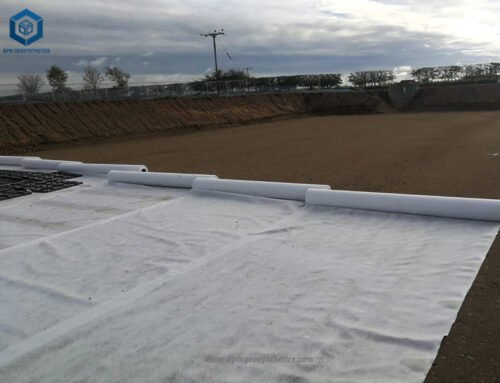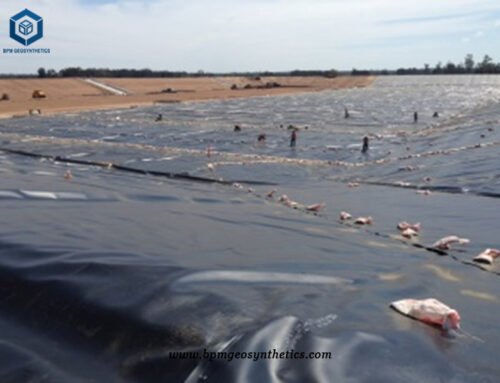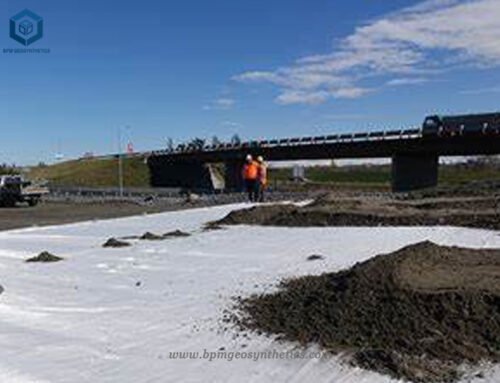Case Study
- Location : Morocco
- Product(s) : PP Nonwoven Geotextile Filter Fabric
- Application : Road Construction
Issue
In highway construction, the subgrade collapses due to rain wash. How to improve the project quality, prolong the project life, shorten the construction time and reduce the project cost has become a major problem.
Solution
Nonwoven Geotextile is made from 100% virgin staple polypropylene fibers that are tangled and interlocked with each other by needle-punching process. It is the kind of non woven geotextile filter fabric which is robust, durable, permeable and resist to deformation. BPM short fiber nonwoven geotextile fabric is widely used to increase ground support and soil stabilization in a given location, it has the characteristics of high tensile strength, high elongation rate, excellent UV stabilization, excellent filtration and good abrasion resistance, etc. It is widely used for filtration, separation, protection, drainage applications in civil environmental engineering and construction projects. Especially, it is widely used in highway construction. It strengthens the soil by increasing its tensile strength. It is used as a rapid dewatering layer in the subgrade, and the geotextile needs to maintain its permeability without losing its separation function. In a word, geotextile filter fabric is used to prevent water and soil loss and collapse caused by rainwater.
As one of the important geosynthetic solutions for Morocco customer mining project, this mining project required 133,400 square meters PP Short fiber nonwoven geotextile for road construction and reinforcement. BPM brand non woven geotextiles include filament non woven geotextile, short fiber needle punched geotextile fabric, etc. We also produce woven geotextiles including polypropylene woven geotextile and pet woven geotextile fabric. After detailed communication, our customer ordered PP Short fiber nonwoven geotextile for this mining project. Because PP nonwoven geotextile filter fabric is not only having high tear strength and tensile strength, but also have high acid and alkali resistance. It is very suitable for mining engineering.
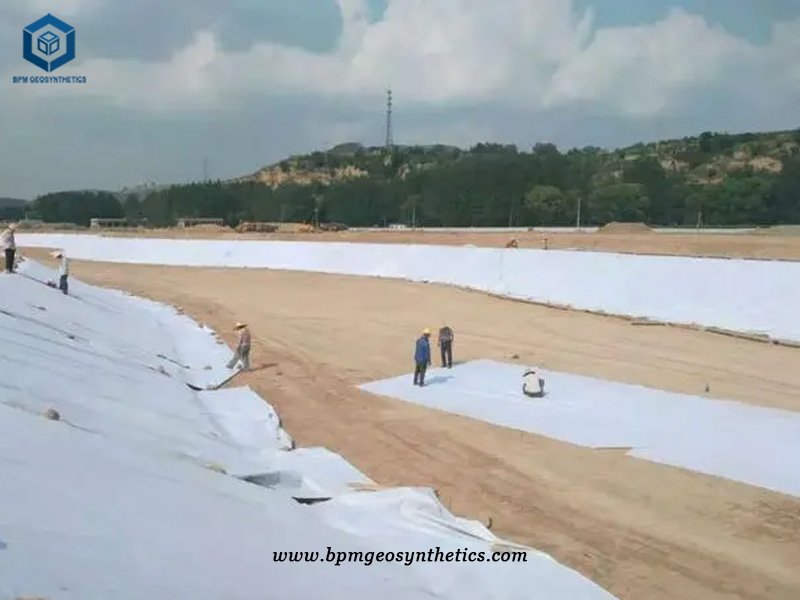
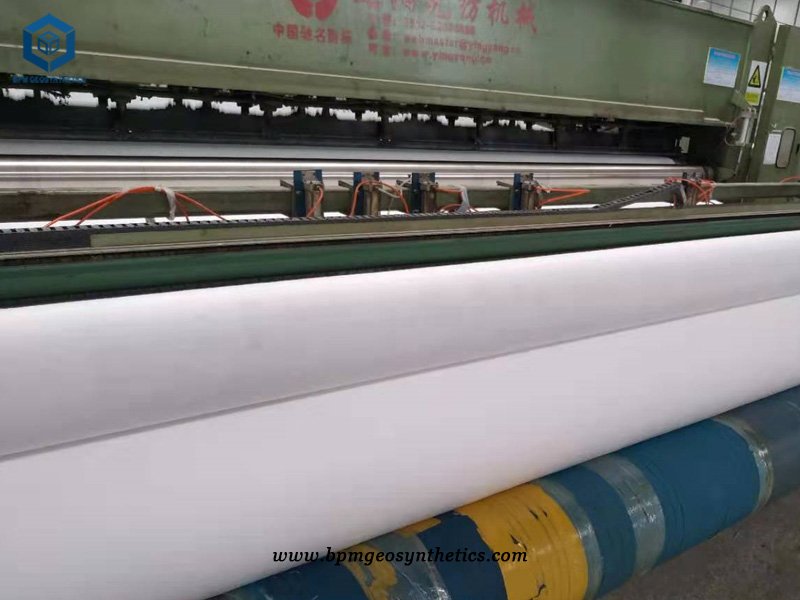
Specifications of PP Nonwoven Geotextile Filter Fabric for Road Construction in Morocco
- Total PP Short fiber Nonwoven Geotextile quantity – 133,400m2
- PP Short fiber Nonwoven Geotextile specification – 150 g/m2
- Each roll size is 5.8m*200m
- Two 40HQ containers
Benefits
Function of geotextile:
1. Isolation. Use polyester staple fiber needling method to separate building materials (such as soil particles, soil, soil and concrete, etc.) to disperse the corresponding physical personality (such as size, range, saturation and density, etc.). Ensure that there is no loss or mixing between two or more materials, ensure the original shape and performance of raw materials, and make the structure more super frequency.
2. Filtration (inverted filtration). Polyester staple fiber needled geotextile has good permeability and permeability, so that the liquid flows through, and can effectively guide soil particles, sand dust, small stones, etc., so as to ensure the stability of normal projects.
3. Drainage. Polyester staple fiber needled geotextile has excellent water conductivity, which can create a water conduit inside the soil particles, and can discharge the remaining water and oxygen in it.
4. Reinforcement. The use of geotextiles expands the toughness and impact resistance of soil, improves the stability of building structures, and improves the quality of soil.
5. Protection. When water rushes into the soil, it can effectively spread, interact or decompose the concentrated stress, resist the impact damage of the soil and protect the land.
6: Anti penetration. The composite impermeable material formed by the fusion of geomembrane plays the role of stab prevention, excellent tensile strength, good permeability, and high temperature resistance. Polyester staple fiber needled geotextile is a kind of commonly used geosynthetics to reinforce the railway subgrade, maintenance of highway pavement, gymnasium, protection of dams and isolation of hydraulic structures. tunnel, coastal beach, reclamation, and environmental protection, etc.
Geotextile construction method and precautions
Do not drag or drag the geotextile during transportation to avoid stabbing by sharp objects.
- Before construction, the substrate should be cleaned. If conditions permit, it can be washed with water to ensure that the substrate is free of any impurities. If there are cracks in the base, it can be repaired with asphalt. Otherwise, the effect of pavement and final use will be affected in the later stage.
- When paving, the material should be straightened as much as possible, and when paving, it should be as flat as possible, because in this way, it can be as close to the base as possible. If there is oil on the bottom, you can roll it with a roller brush, so that it will fit better, and then sprinkle some melon seeds or coarse sand on it.
- When paving, it is necessary to ensure that the woven fabric is dry, because the effect will be greatly reduced after the rain is wet. If it is wet, it should be paved after it is completely dry. At the same time, smoking is not allowed during laying, which will be more dangerous. When just finished, don’t walk on the surface, don’t move tools, and don’t keep heavy objects on it.
- There should be some overlap at the lap joint, and the effect will be better after layer by layer pavement. The joint can be welded, so the stability is better. In addition, pay attention to the slope and the position of the corner, where the splicing length can be shortened to avoid wrinkles.
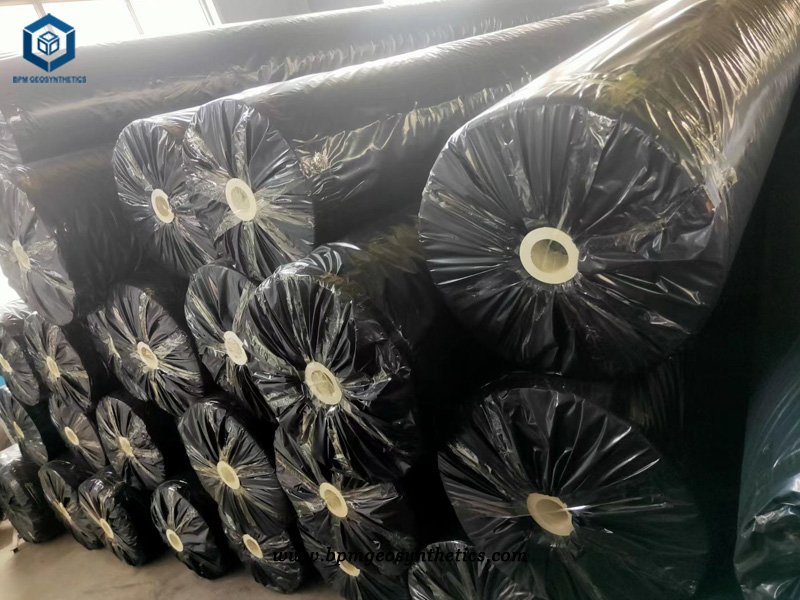
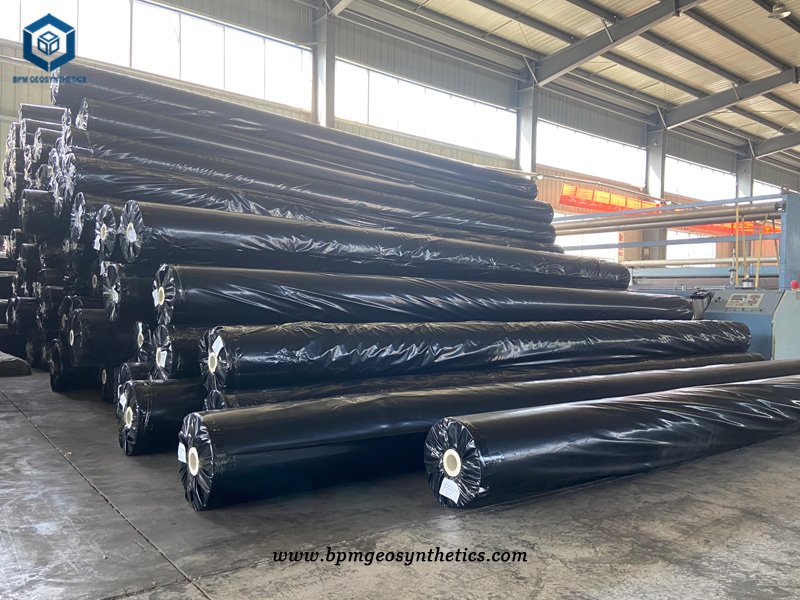
Construction methods
- It should extend from the bottom to the high position, and should not be pulled too tightly. There should be a half of the remaining width for local sinking and stretching. Considering the actual situation of the project, the slope is paved from top to bottom;
- The longitudinal joints of two adjacent frames shall not be on the same horizontal line, and shall be staggered by more than 1m;
- The longitudinal joint should be more than 1 or 50m away from the dam toe and bend, and should be set on the plane;
- Slope first and then the bottom of the site; What are the characteristics and functions of geotextiles used in construction;
- When laying the slope, the film spreading direction should be basically parallel to the slope line.
About BPM
BPM has been specializing in delivering one stop geosynthetics products and solutions to worldwide customers since its foundation in 2007. BPM had provided many types of effective and state of the art geomembranes, geotextiles, geocells, geosynthetic clay liners (GCLs), drainage boards, geogrids to over 81 countries. Our main customers are from Australia, France, Sweden, UK, Hong Kong, Hungary, New Zealand, Poland, Mexico, Ecuador, Brazil, Pakistan, Bangladesh, Thailand, Vietnam, Malaysia, Indonesia, Singapore, Philippines, Sri Lanka, India, UAE, Saudi Arabia, Qatar, Kenya, Ghana, Ethiopia, Somalia, Nigeria, South Africa, Swaziland, Mongolia, etc.
BPM is not only manufacturing best quality geosynthetic products but also providing professional design and installation service. OEM, ODM, custom development and fabrication are also available. If you have any questions or inquiries, please fill and submit the following form, we will reply as soon as possible.


